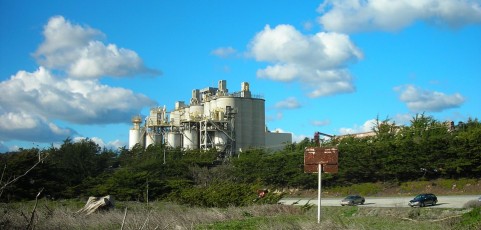While there are many dangerous jobs associated with the oil and gas industry, those on offshore rigs are perhaps the most dangerous. Because these rigs are located far out at sea, it’s important that the safety measures employed on them maintain the highest of standards. Of the many hazards faced on a daily basis, one of the most dangerous involves exposure to hydrogen sulfide. Due to it being possibly fatal if inhaled, a variety of safety measures are often put in place to ensure all employees on board stay as safe as possible.
Employee Monitors
For employees working in areas where noise levels are very high, having personal monitors to use can prove very beneficial. These monitors, which are worn at all times, enable employees to work in any area while still being able to monitor H2S levels. Along with this, visual alarms are often installed throughout the rig in order to alert workers to possibly dangerous conditions. Along with these measures, if a situation arises where emergency personnel are needed for rescue operations, direct-reading monitors are most often used by rescue workers to monitor H2S levels while rescuing employees.
Respiratory Safety
Because hydrogen sulfide is so deadly when inhaled, it’s imperative that offshore rigs have a respiratory safety program that is very extensive and effective. On most offshore rigs, some effective ways to ensure respiratory safety for workers include constant monitoring of drilling returns, having exhaust ventilation in place over shale shakers, and making sure employee living quarters are equipped with positive pressure ventilation. By doing this, HVAC systems connected to the living quarters can be automatically shut down if dangerous levels of hydrogen sulfide are detected. Another common way in which hydrogen sulfide becomes a danger is through its release from corroded pipes, which often puts maintenance workers at high risk for exposure. To guard against this, corrosion rings are installed on pipes to alert personnel to potential problems. As an added safety feature on offshore rigs, respiratory equipment such as oxygen masks and gas masks are located near all drill pipes to provide protection if a problem arises.
Detection Systems
Because H2S levels must be monitored on a continuous basis, utilizing H2S meters is vital to keeping everyone safe. One of the most effective ways to do so is by locating fixed detection systems in a variety of key areas including the mud logging units, mud pit room, drill floor, and air intake systems for living quarters. In all of these areas, the H2S meters used are always located near release points and are constructed to withstand mechanical damage, steam, mud, and water. Because these systems are so vital to the overall safety on offshore rigs, they are always reviewed to make sure they are operating at peak efficiency, and are usually tested and calibrated from a central control panel located in the rig’s control room. By having these detection systems in place, workers can be guaranteed to have much safer working and living conditions each day.

